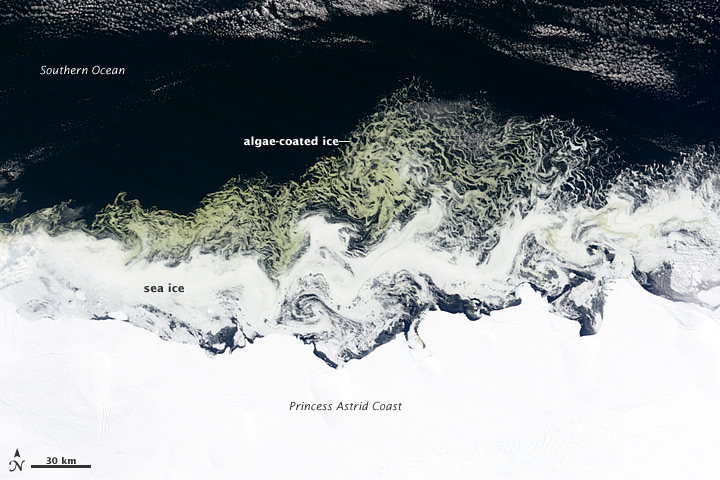
Seeking Protection for Antarctic Waters

A series of 19 key marine protected areas could be established around Antarctica as a result of an international meeting taking place in Hobart, Tasmania this week.
The 31st annual meeting of the Commission for the Conservation of Antarctic Marine Living Resources (CCAMLR) - membership of which comprises 24 nations and the European Union - will consider four separate proposals that environmentalists hope will mark a new beginning of protection for the Southern Ocean.
At least in terms of area, the most significant proposal has been pitched by Australia, France and the EU, in the form of a network of seven reserves covering 1.9 million square kilometers along East Antarctica - from a point roughly due south of South Africa eastward to a point due south of Tasmania.
PHOTOS: New Antarctic Vent Community Found
One of four proposals on the table for the CCAMLR meeting, the East Antarctica reserve network is the one that is receiving the strongest backing from environmental organizations - although the Antarctic Ocean Alliance, a coalition of 20 non-governmental organizations is urging that it be expanded and strengthened.
In addition, the United Kingdom has proposed protection for areas exposed by collapsing ice shelves around the Antarctic Peninsula. Protecting these areas would enable scientists to study how the marine ecosystem changes following ice collapses, and before the newly-open areas become magnets to fishing fleets.
The two most contentious proposals battle over the same body of water: the Ross Sea. New Zealand and the United States had hoped to make a joint submission, but were unable to reach agreement and have therefore submitted rival plans. New Zealand's covers a greater amount of water - 2.5 million square kilometers - but the US plan includes in its 1.8 million square kilometers an area of 800,000 square kilometers that will be off-limits to fishing and set aside as a 'scientific study area'. It was a disagreement over the establishment of this non-fishing area that caused the fissure between the two nations, with New Zealand reluctant to impose strict limits on its fisheries for Patagonian toothfish, despite environmentalists' concerns.
Get the world’s most fascinating discoveries delivered straight to your inbox.
PHOTOS: Whole Foods Seafood Ban: Meet the Fish
The Antarctic Ocean Alliance has criticized the New Zealand proposal for its failure to rein in the toothfish fisheries, and has also criticized the US plan for not covering enough ecologically valuable areas. However, others see the efforts of the United States to push for some form of protection as encouraging.
"Greenpeace appreciates the State Department's leadership on this issue, and the hard work that has been put into gaining meaningful protections for the Ross Sea at the highest levels of the Department," John Hocevar of Greenpeace told Discovery News.
"The US proposal is a very good start, particularly if it can be strengthened by adding some of the complementary pieces from the New Zealand proposal," Hocevar continued. "We encourage CCAMLR members to be ambitious, even to the point of leaving this decision until next year rather than accepting an agreement which does not meet conservation objectives."
The meeting ends on November 1.
This story was provided by Discovery News.
 Live Science Plus
Live Science Plus





